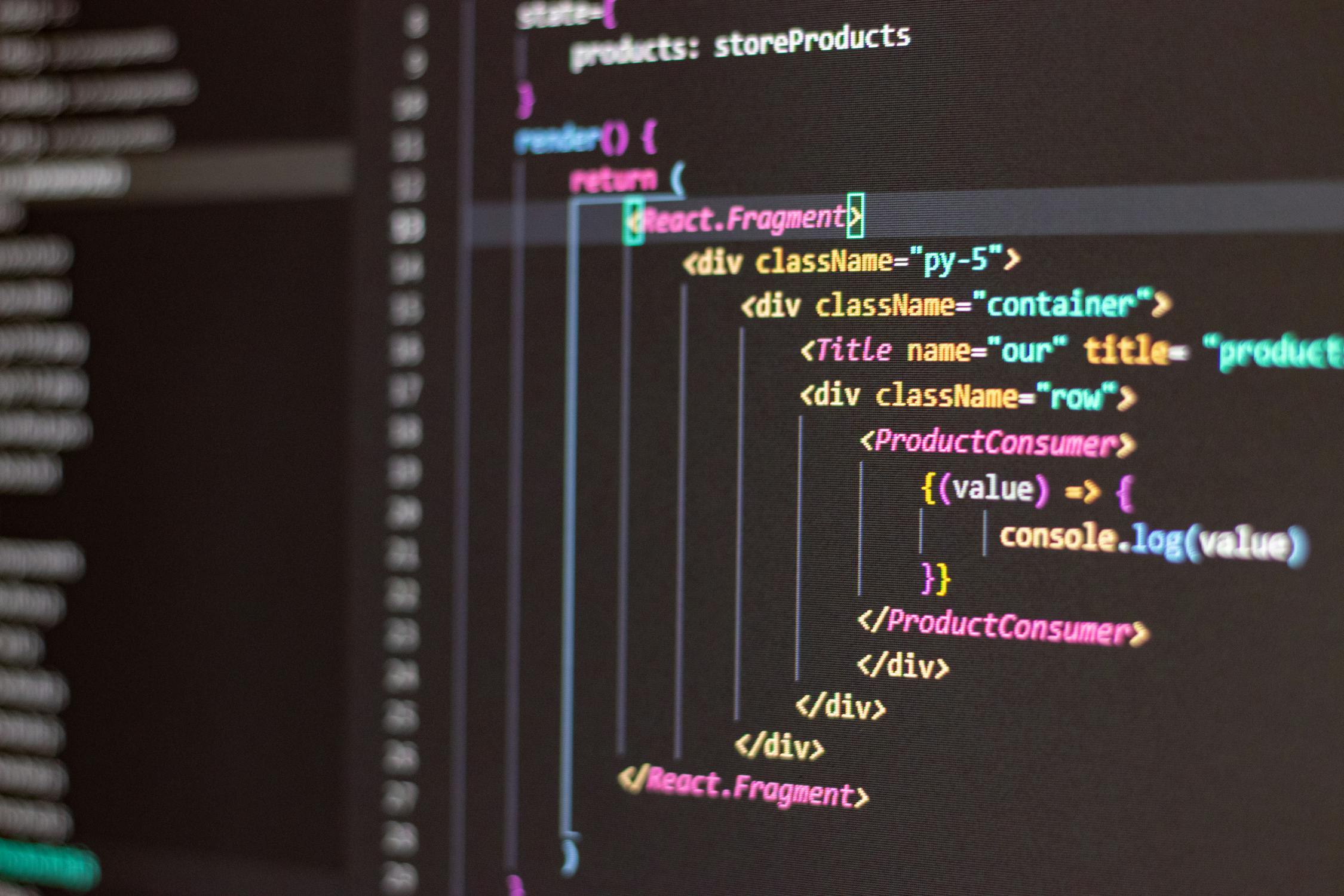
Back to Blog
AI Development Pete Gypps
Pete Gypps
Building the First AI Swarm Coordination System: How We Achieved True Multi-Agent Development

Published: 3 June 2025
Updated: 3 June 2025, 18:45 GMT
12 min read

Written by
Pete Gypps
Technology Consultant & Digital Strategist
About This Article
Behind the 1.5-minute website milestone lies a revolutionary AI coordination system featuring AI pairs, self-modifying instructions, medic AI resurrection, and SQL-based swarm communication that enables true collaborative artificial intelligence.
Let's Connect
Have questions about this article or need help with your IT strategy?
Book a ConsultationMore Articles

Web Development
Building a Service Business Website: Integrating with Small Business Management Tools
3rd July 2025

Technology
UK AI Strategy 2025: Government's £10 Billion Computing Capacity Investment Plan Revealed
3rd September 2025

Technology
AI Cybercrime Evolution 2025: How Criminals Use Claude & ChatGPT for Advanced Ransomware Attacks
3rd September 2025